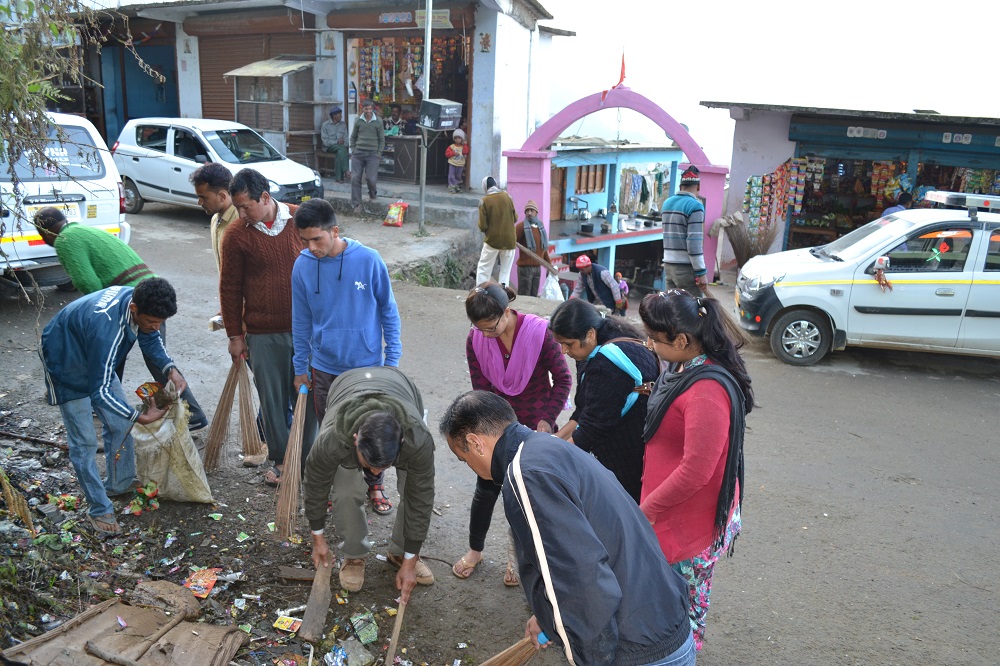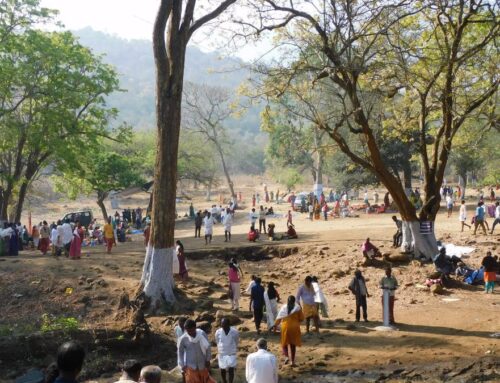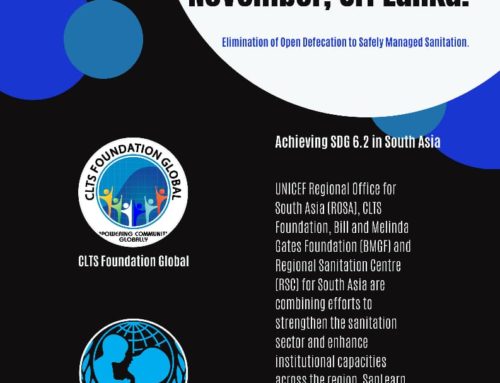The mount Kailash (Gangrinpoche) and the Lake Manasarovar (Mapam Yumco) are considered sacred by millions of pilgrims belonging to at least five different religions who visit the region in huge numbers each year. With the escalating tourist density, inefficient and inadequate garbage management is becoming a serious worry. This region is also of significance being the source of four of Asia’s most important rivers.

It is critical to safeguard these sacred sites and head water sources from various elements of pollutions and environmental degradation. In lieu of this, CLTS Foundation with support from ICIMOD and CHEA organized a workshop in Patal Bhubneshwar to restore the pristine ecology of the region and to arrest the populations who are moving out of the regions due to rapid urbanization. Better waste management would not only conserve the ecology but would also enhance their livelihood opportunities, which is mostly dependent on tourism. While the heritage assets of Patal Bhubaneswar and Kailash Mansarovar are strong alluring factors, the lack of adequate of waste management can have negative impacts on the sustainability of heritage tourism in the long run. Lack of use of toilets in this landscape is already a serious problem to visitors.
In this context, the triggering of CLTS & Waste Management Workshop was conducted on 24 & 25 November 2015 in the region. The approach was a participatory one where only facilitation was done without providing any upfront directives at any stage of the exercise. The main objectives of the workshop were to mobilize the community and ignite a sense of community solidarity within them through their own initiative and to learn from the community about the different causes of waste management anomalies through a participatory technique.

In this process, the participants identified their waste management problems and identified solutions on their own. They also created an analysis of the situation at present in consultation with each other. They selected 10 representatives from among themselves to form a committee called the “Patal Bhubneshwar Sundar Committee” to manage waste and improve the surroundings to improve the aesthetic appeal of their location which would provide a sense of wellbeing and further help flourish tourism in the region.
The exercise was followed up with a community wide cleanliness drive that took the entire region by storm. They set agendas for periodic vigilance and allocated duties among themselves to attain the goal of a clean Patal Bhubneshwar by the end of this year. This idea blends into the larger goal of conservation of ecology and protection of the heritage regions of the Kailash Sacred Landscape.




Leave A Comment